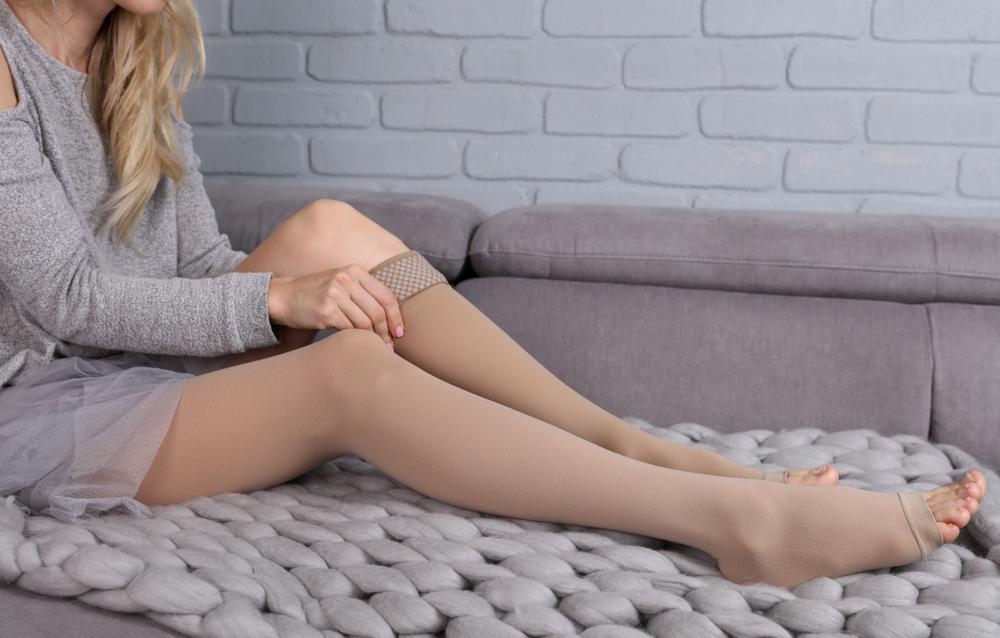Golf isn’t exactly a strenuous or high-impact sport. However, statistics show that it has roughly the same injury rate as tennis (1.8 per 1000 players) and, shockingly, a higher one than rugby (1.5 per 1000 players). So, to help you reduce your risk on the green, here are 5 common golf injuries and how to avoid them.
Low back strain
What is it
Low back strains happen when you abnormally stretch or even slightly tear the lumbar muscles. This type of injury can come in the form of an acute injury or gradual overuse. In golf, bending and twisting the back is essential for a good swing, but it can wreak havoc on your lumbar. Twisting too sharply, poor conditioning of the back and core muscles, or swinging around a hazard such as a tree or water body increases the risk. With a low back strain, you’ll typically get stiffness and muscle spasms around the lumbar and pain that sometimes radiates into the glutes. In some cases, you may find it difficult to maintain proper posture due to that stiffness and pain.
How to avoid it
Warm-up
A quick, 10-minute warm-up of jumping jacks, squats, and rotating lunges will boost your circulation and reduce tension, preparing your back for the game ahead.
Strengthen your core
The stronger your core, the better equipped it will be to handle the demands of the game. Some excellent core exercises include:
- Dead Bugs
- Plank and Side Planks
- Bird Dog
- Glute Bridges
This mix of isometric and isotonic exercises will work just about every muscle group around the core for a sturdier back.
Stretches
Do the following stretches to keep your back nice and flexible.
- Cobra
- Cat Cow
- Child’s Pose
- Figure-4
- Lying Twist
Flexibility is essential for a proper take away and follow through. Not to mention, lack of flexibility leads to poor biomechanics as you try to compensate, which increases your risk of lumbar injury.
Brace
A quality back brace can be a great addition to your game. Our Sports Back Support incorporates compression knit fabric and a lumbar pad to boost circulation and improve how the core muscles move and protect your spine. It also has no rigid parts, so it won’t hinder movement or affect your momentum. It’s an especially good fit for new players who don’t have the biomechanics of the sport down quite yet and older players whose proprioception (movement awareness) isn’t what it used to be.
Golfer’s Elbow
What is it
Golfer’s Elbow is an overuse injury. Specifically, it’s a type of tendonitis affecting the tendons attaching the forearm muscles to the bony protrusion on the inside of the elbow. Golfers tend to develop it due to insufficient rest, poor movement/swing mechanics, or drastically increasing the amount of golfing they do. With Golfer’s Elbow, common symptoms include pain, stiffness, numbness and tingling, and weakness in the hand and wrist.
How to avoid it
Take it easy
Don’t drastically increase your playtime. If you really want to squeeze more golf into your routine, aim for ~10% increases per week to give your wrists time to adjust. You should also try to take it easy on the ball. Competitiveness is all well and good, but aim to swing with good mechanics rather than aggression.
Work on your grip
DO NOT hold your club too tightly. It’s a mistake many new players make, to the detriment of their elbows and wrists. You want to keep your grip nice and neutral and let your core, upper back, and larger arm muscles power the swing.
Brace

EpiTrain Elbow Brace
Similarly to the Sports Back Support, the EpiTrain Elbow Brace combines compression and padding to improve muscle activation, boost circulation, and improve proprioception. With the muscles working better to protect your epicondyle tendons, you’ll be at less risk of Golfer’s Elbow and Tennis Elbow (though the latter is less common in golf). For extra support, you can also add in the EpiTrain Forearm Strap.
Shoulder bursitis
What is it
Shoulder bursitis is also an overuse injury. But instead of affecting the tendons, it affects the little fluid-filled sacks (bursae) that sit between the tendons and bones. As noted in the Journal of Sports Medicine, shoulder overuse injuries in golf tend to happen when the weak rotator cuff muscles fatigue (either through insufficient strength or excessive play) and can no longer stabilise the joint through movement. While the bursae - responsible for minimising friction between tendon and bone - are used to wear and tear, the repetitive motion of swinging can aggravate them, causing them to harden, swell, and grow rougher. As a result, you get pain at the top or outside of your shoulder when circling your arm, lying on your side, or pushing an object (like a door).
How to avoid it
Warm-up
Do some shoulder rotations, shrugs, and shoulder stretches before your game to loosen the joint. Tight muscles and tendons make for poor movement mechanics, which can increase friction on your bursae.
Strengthen the shoulder
Shrugs, wall push-ups, and lat pull-downs will strengthen the rotator cuff, helping it support your shoulder joint through movement and reducing strain on the bursae. You can see how to do these shoulder exercises and more in our Shoulder Bursitis Exercises article.
Strengthen the core and upper back
The core and upper back are essential in creating a powerful, fluid swing. Strengthening these muscle groups can improve your golf performance and swing mechanics and take some of the pressure off your shoulders. Along with Dead Bugs and Planks, try The Super Man Hold and Banded Rows.
Brace
Like the Sports Elbow and Back, the OmoTrain S combines compression and viscoelastic padding. It will boost blood flow through your shoulder and better activate your rotator cuff muscles. It’ll also improve your proprioception, allowing for better mechanics from the take away to follow-through.
Wrist Tendonitis
What is it
Wrist tendonitis is similar to Golfer’s Elbow. Too much golf or too aggressive a swing can gradually damage your wrist tendons, leading to inflammation, tenderness, stiffness, and pain. You may also have a hard time gripping things and flexing the wrist. Usually, it’ll be the leading hand that’s affected.
How to avoid it
As wrist tendonitis and Golfer’s Elbow are similar injuries that develop due to overtaxing the same muscle groups, the steps to avoid them are essentially the same. The one exception is the support you choose. While the Sports Elbow Support will help minimise the strain on the forearm muscles that support the wrists, a Sports Wrist Strap will provide more targeted protection. It will gently compress and stabilise the wrist through the swing and reduce the effort needed to grip the club.

Sports Wrist Strap
To sum up
Golf may not be as high-impact as rugby or as strenuous as tennis, but it still leaves players prone to injury. While overuse injuries are generally not regarded as serious as, say, ligament ruptures, they can still negatively affect how you play and use the affected joints in day-to-day life. So, to protect yourself on the green, warm up, keep key muscle groups strong and flexible, focus on your form, and brace.
If you require assistance selecting the right product for your needs or wearing the brace, call us on 098015660 or contact us via live chat.
Do you have private health? Most private health extras will cover Bauerfeind Products. Check to see if yours is included. Bauerfeind Private Health Insurance Inquiry.
















